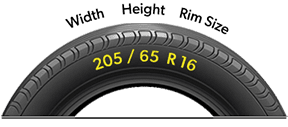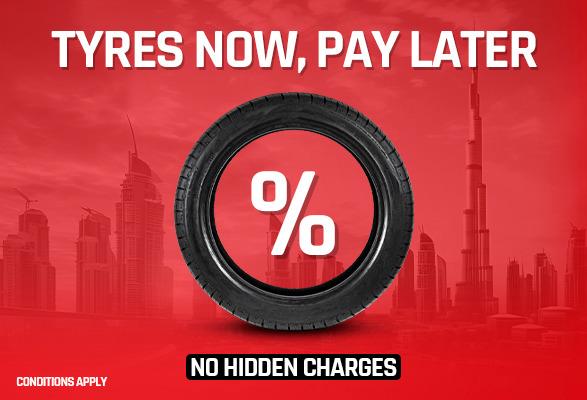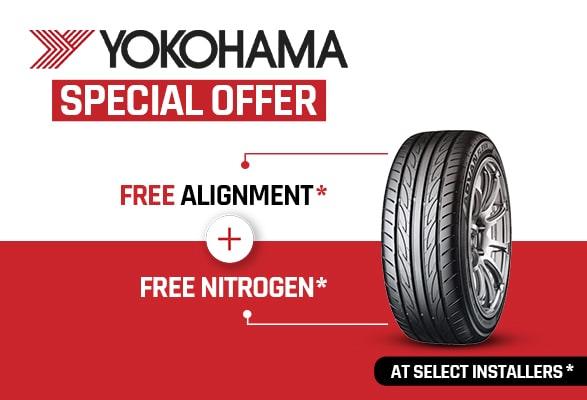How to Fix a Punctured Tire – 3 Easiest Ways
When driving on the road, one must be prepared for tire punctures. No matter how much care is exercised, a puncture can happen anywhere and at any time. However, there is no need to worry. You can replace the tire with a spare. If you do not own a spare tire, call a vehicle recovery service. Please note that PitStopArabia also provides car recovery services in the UAE. Afterward, you can get the tire repaired from the nearest workshop.
Unfortunately, not all punctured tires can be repaired. There are many instances in which the only option left is to opt for new tires. Let us look at when a tire is beyond repair.
Tires That Are Beyond Repair
- The tread depth has fallen below the legal limit of 1.6 mm. Tires below this limit are unsafe for driving. Also, in countries like the UAE, if you are caught driving with such tires, be prepared to pay a hefty fine.
- If the rubber is cracked or worn out, the workshop will refuse to carry out the repair. The main component of the tire is the rubber. Therefore, if the main component is damaged, there is no point in carrying out the repairs.
- The puncture’s size is equal or more than 6 mm in diameter. Such a puncture has ruptured the vital components, leaving out chances of a successful repair.
- The sidewall is damaged instead of the tread. Punctures in the sidewall cannot be repaired. A puncture in the sidewall compromises the structural integrity of the whole tire.
- If the cords are visible as a result of the puncture, opt for a new tire.
- A tire that has been repaired numerous times would not be able to stand more damage. Even a minor puncture can make it beyond repair.
Tire Repair
On the other hand, if the tire does not meet the above criteria, it can be repaired with little trouble. Speaking of tyre puncture repair, let’s take a look at the different types of punctures used by workshops during the repair process.
Plugging
This is the easiest and quickest way of fixing a puncture. It does not even require the removal of the tire. During plugging, a piece of leather is covered with a rubber adhesive. When you start driving around, heat is generated which turns the leather into a hard substance that sticks onto the tire. There is no way of removing the leather as it becomes ingrained with the rest of the tire and acts as a permanent seal.
Patching
When the puncture is too wide or deep, plugging cannot be used. This is where patching comes into play. Patching requires the removal of the tire. Afterwards, a rubber patch is applied to the inside of the tire. The patch is a square rubber adhesive similar to the one used in plugging. However, the difference is that it is much bigger and applied to the inside. When the car starts moving, tires start to heat up. This causes the adhesive to become hardened and prevent leakage of air.
Hybrid
Some punctures are so complex that they require the application of a hybrid seal. In simple words, a hybrid is a combination of plugging and patching. This method is quite time consuming but also the most effective. In it, a rubber patch is placed inside of the tire and then threaded through the puncture to prevent any leaks.













































Wrap Up
Instead of opting for continuous repairs, listen to the advice of the workshop. They are experienced enough to take the right decision on your behalf. Therefore, we ask our readers and customers to trust their decisions. In many cases, you might feel that the tire can be repaired and you might actually force the workshop to do so. But there is a high probability that you are wrong. Therefore, replace your tires with new ones right away. As said earlier, not all punctured tires are repairable.